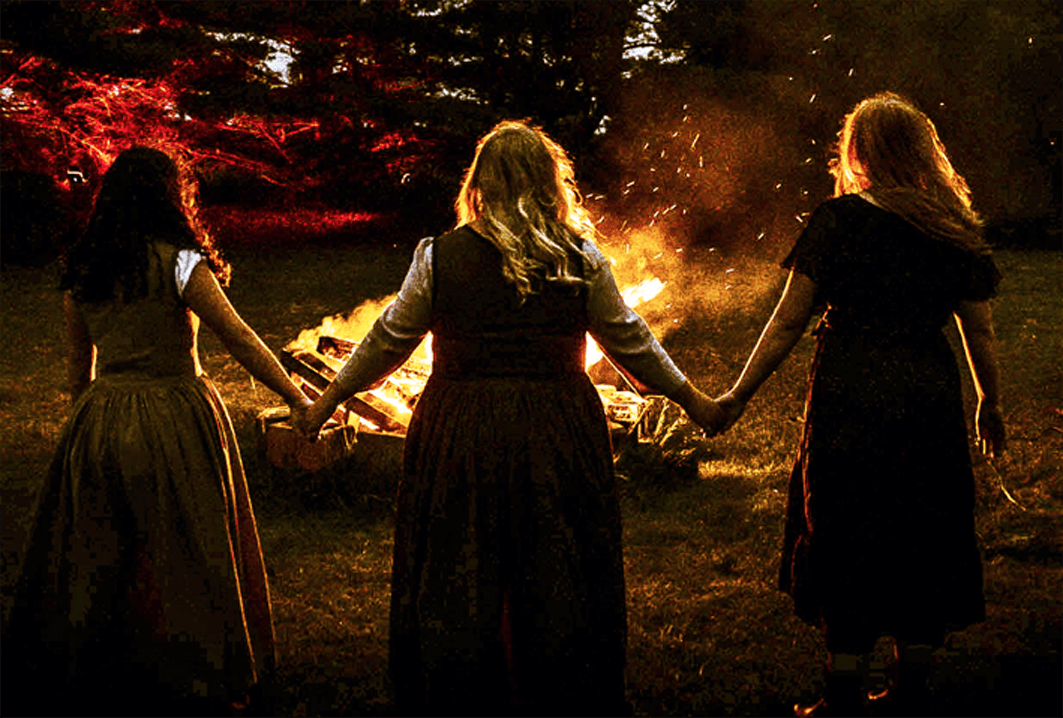 MELTING POINT Local production company Shatterbox Theatre goes outdoors at Ameliasburgh Heritage Park with Arthur Miller’s iconic The Crucible August 24 to September 3. (Shatterbox/Sean Ferguson)
MELTING POINT Local production company Shatterbox Theatre goes outdoors at Ameliasburgh Heritage Park with Arthur Miller’s iconic The Crucible August 24 to September 3. (Shatterbox/Sean Ferguson)
The devil is coming to Ameliasburgh.
“Witch-hunt” is a word not unfamiliar in today’s political world. The historical Salem, Massachusetts witch trials of 1692 were not the first, but they are perhaps the most famous. Playwright Arthur Miller turned to this event in 1953 to write The Crucible, an allegory of the McCarthyism of his own day. He was fascinated with the way in which fear and paranoia can drive a community into self-destruction; as it fragments, people become isolated, trapped in a struggle for their own survival.
Within an ostensibly pious village, Salem, an act of jealousy snowballs into an unstoppable series of accusations of witchcraft. At the time, witchcraft incurred the punishment of death by hanging.
Miller’s play ascribes a variety of motives (love, jealousy, political and religious power, economic and social advantage) to individual community members, each of whom threatens the others. Arrests and executions accumulate in astonishing numbers.
How does Shatterbox Theatre’s production bring this into the present? The dynamics that inform McCarthyist accusations of “unamerican activities” are present in social media campaigns, says co-director Georgia Papanicolau. Think about “crowd sourcing,” or the turn to some kind of “hive mind.” Co-director Julie Lane calls it mass psychosis, and evident in local “us vs. them” politics.
The production, while loyal to Miller’s script, stresses contemporary connections. It shows that acts committed through the anonymity of the internet are analogous to those of a neighbour who turns on a neighbour.
Setting the play in Ameliasburgh’s Heritage Village makes anonymity impossible, not even for spectators, who can tour the grounds before the performance, becoming familiar with the scenario. “Themed seating” integrates the audience into the action, provoking self-awareness by removing the “fourth wall,” which traditionally stands between viewer and performance.
“We want people to experience that energy change,” said Ms. Papanicolau.
The female directors explore the motives behind the play’s “villain,” Abigail. They also restore some of the play’s history.
The directors cast Andrew Brant, a Mohawk actor, to play the part of Tituba—in Miller’s version a black slave. In the 1690s, a slave would have been an Indigenous person. They also cast the same actor in the role of the town judge, drawing attention to the power structures that inform roles and proceedings.
Appropriate to the idea of community that informs the play, this will be Shatterbox Theatre’s largest production yet; the cast and crew approach thirty people.
As a teaching production company, directors Papanicolau and Lane are placing young actors in major roles, and preparing them for the changing dynamics of an outdoor performance. “Character comes first,” said Ms. Lane. “Your emotions and actions are different every day,” noted Ms. Papanicolau. “Each performance should be different, but consistent to the character.”
Over nine months have gone into this show. I witnessed just a short rehearsal session, and the attention to detail, the care for a young actor learning a new technique, and the conversations about the powerful themes of the play were notable. After eight hours of rehearsal on the Sunday of a long weekend, the directors were heading home to stich up seventeenth century clothing! “It’s crazy bonkers, but we love it,” said Ms. Papanicolau.
The Crucible runs August 24th to September 3rd. Tickets are available at shatterboxtheatre.com.
See it in the newspaper